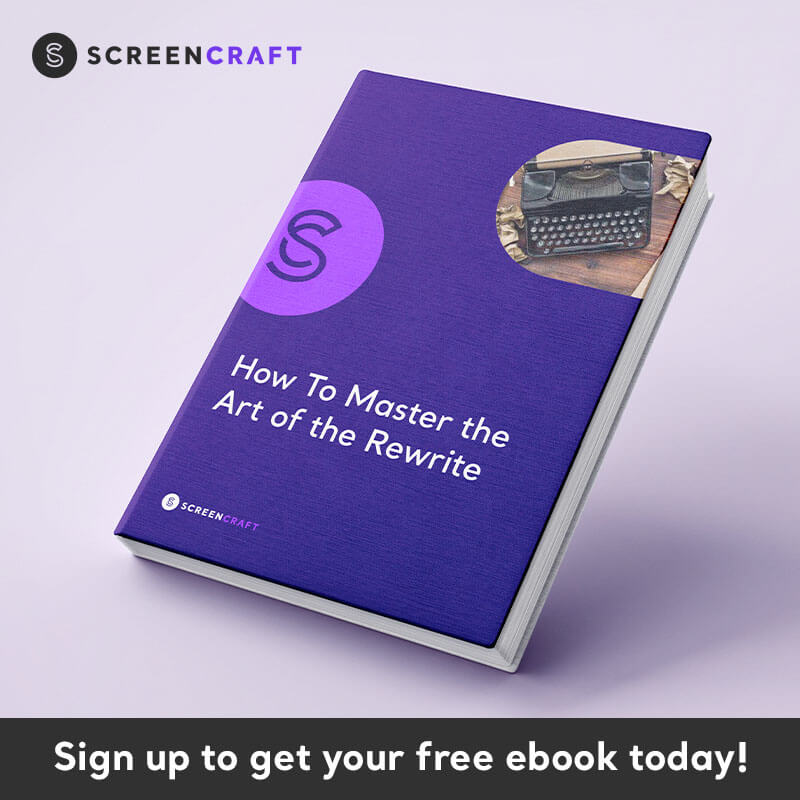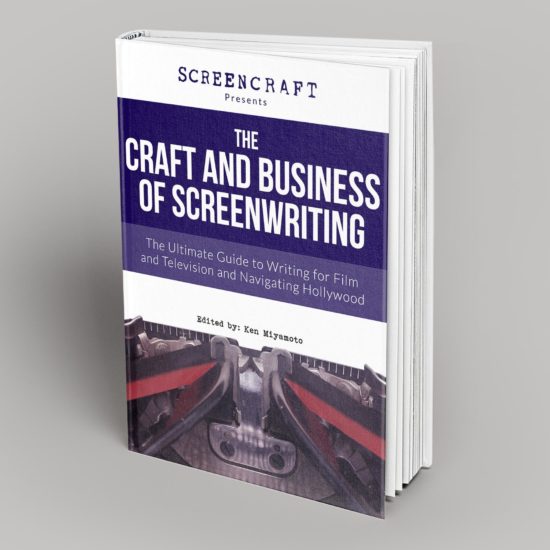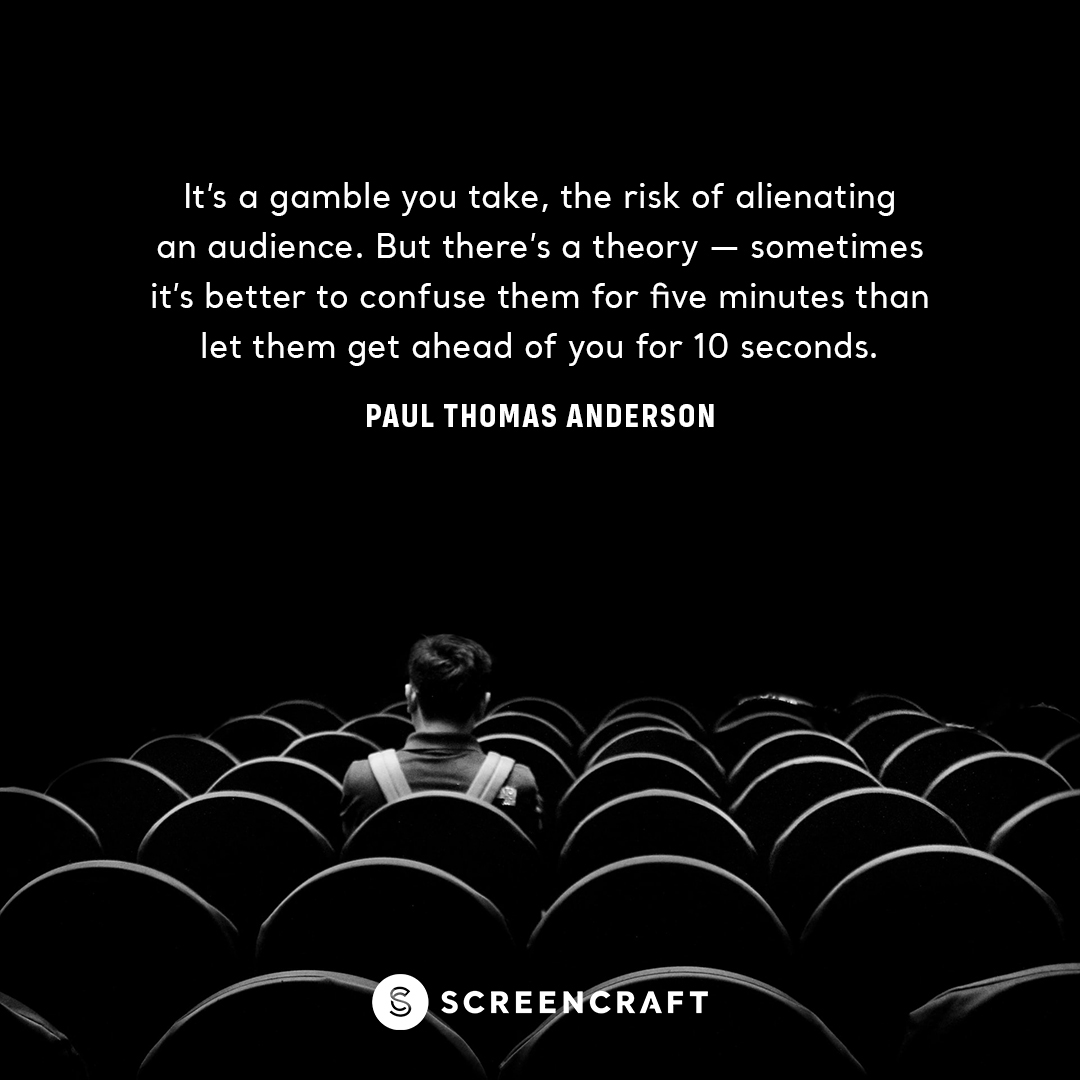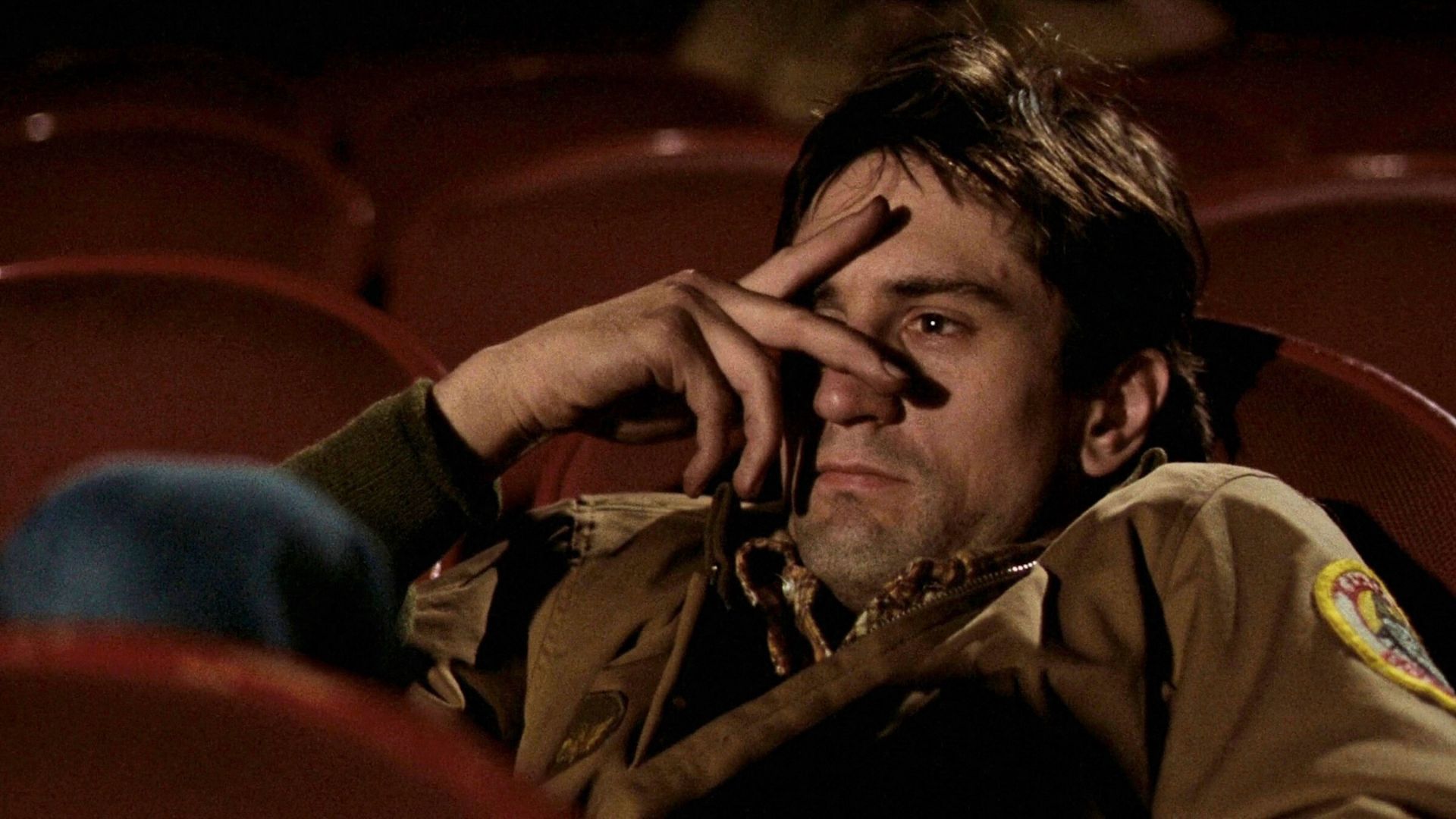
What is a MacGuffin, when do you use it, and how do you use it right?
There exists a plot device that has been utilized in cinematic storytelling for decades — one that most screenwriters have heard of but don't fully understand. That plot device is what Alfred Hitchcock referred to as a MacGuffin — a goal, desired object, or any other motivator that the protagonist (and often the antagonist as well) is either tasked with pursuing, or drawn to pursuing for whatever reasons.
It's a motivating element that exists only to drive the plot and is usually the cause and effect of each character's conflict that they are dealing with throughout the story.
In Raiders of the Lost Ark, it was the Ark of the Covenant.

In Pulp Fiction, it was the briefcase.

In the Mission Impossible and James Bond franchises, it's the secret file, the ultimate weapon, or any variation that we've seen.
It's the thing that usually has little to no meaning to the audience beyond the fact that the characters seem to be obsessed with it.
"It's the thing that the characters on the screen worry about, but the audience don't care," Hitchcock explained.
Hitchcock credited the concept and term to screenwriter and collaborator Angus McPhail, who worked with Hitchcock on Spellbound and The Wrong Man. The term and its context were born after McPhail once told Hitchcock a schoolboy joke.
A man is riding on a train when a second gentleman gets on and sits down across from him. The first man notices the second is holding an oddly shaped package.
"What is that?" the first man asks.
"A MacGuffin, a tool used to hunt lions in the Scottish highlands."
"But there are no lions in the Scottish Highlands," says the first man.
"Well then," says the other, "That's no MacGuffin."
The story had a huge impact on Hitchcock as a storyteller.
"So you see that a MacGuffin is actually nothing at all," Hitchcock quipped.
But what makes a great MacGuffin — and how do you know when and how to implement them within your screenplay?
The True Purpose of the MacGuffin
The first thing to understand is that a MacGuffin is there for a reason — not just to fill space. It's not just there to give the characters something to chase after.
According to Newton's Third Law, for every action, there is a reaction. The MacGuffin represents that first implemented action in your screenplay. Everything else beyond that is the reaction to that action.
In Raiders of the Lost Ark, Indiana Jones is tasked to hunt down one of the most coveted artifacts in biblical history — the Ark of the Covenant. The introduction of this MacGuffin is the action that forces Indiana Jones and his nemesis — the Nazis and their supporters — to react, leading to the pursuit of the medallion that Marion has in her possession. Conflict ensues as Indy and the bad guys fight for possession of it.
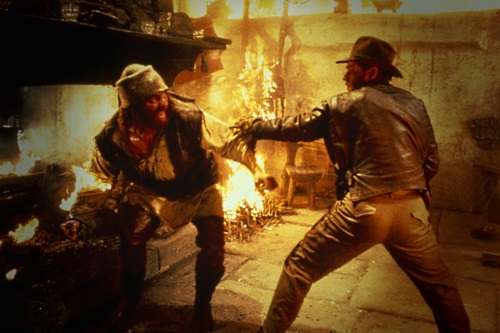
This leads to the search for the room that uses the medallion and its secrets to reveal the hidden location of the Ark. Conflict ensues as Indy and the bad guys fight for possession of the Ark once the hidden location has been located.
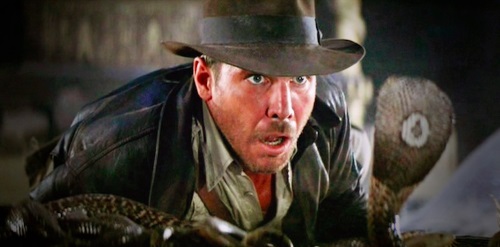
When Indy loses the Ark, he and Marion escape and go in pursuit of it. Conflict ensues as Indy and the bad guys fight for possession of the Ark once again.

After Indy prevails, further conflict ensues as the Nazis manage to take the Ark back, leading to the climactic sequence where the power of the Ark is unleashed. Major conflict ensues.

So what is the true purpose of a MacGuffin within a script? Conflict, conflict, conflict.
Conflict is central to a compelling, intriguing, and engaging screenplay. Without conflict, either internal or external (preferably both), there is no vessel or driving force to challenge the characters and their arcs.
So it's not just a briefcase, an ultimate weapon, or a biblical artifact — these MacGuffins represent the action that causes the reaction which creates the conflict and drama audiences love to watch.
The MacGuffin Also Reveals Character
As the MacGuffin gets the ball rolling, the reactions of those around that "ball" reveal who the characters are and what they are and are not capable of. Based off of that information, we then watch as the pursuit of that MacGuffin reveals how the characters will or won't grow as a result of dealing with their initial reactions.
Jules and Vincent in Pulp Fiction are tasked to retrieve a briefcase holding a mysterious object within — and we see that their initial reaction to that mysterious object is the readiness to kill for it. That's a very revealing story element and character trait. Who are these guys?

But there's more to it than that.
As the non-linear story progresses, we begin to learn the idiosyncrasies of those characters. While, yes, they are ready and willing to kill, they also showcase redeeming qualities as well.
Vincent has a heart. We are witness to that during his moments with Mia.
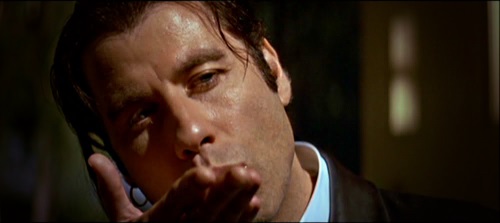
Jules is in the middle of a spiritual epiphany. He's about to walk away from his hitman ways. And his epiphany is a direct result of the briefcase, its mysterious contents, and the reactions from those around it.

The MacGuffin is not just a plot device to get the characters moving forward. When written well, it offers the screenwriter an opportunity to showcase true character depth.
MacGuffins Aren't Just Found in Adventure Flicks and Spy Thrillers
The MacGuffin is something that can be used in all genres for the reasons mentioned above.
Private Ryan in Steven Spielberg's Saving Private Ryan was a living and breathing MacGuffin. The sole reason those soldiers suffered through those acts of war after storming the beaches of Normandy was to accomplish their new designated mission to retrieve a soldier who had unknowingly lost three of his brothers in the war.

We learn little to nothing about Ryan until very late in the second act. The soldiers didn't even know what he looked like. Yet they are going through hell and back to find him — and during that journey, we learn a little bit more about each and every one of them.
Rosebud in the Orson Welles classic Citizen Kane is the MacGuffin that the entire premise of the film is built around. The story is framed around one man's ambition and pursuit of power as a journalist is on a quest to discover the meaning of the final word he uttered — Rosebud.

The answer to that mystery proved that MacGuffins aren't always what you expect them to be.
As you can see, these plot devices are applicable to any and all genres.
But Use Those MacGuffins Wisely
Not all stories require this type of plot device. That said, when used wisely, they can be an extremely effective way to tell a great story and reveal amazing characters.
First and foremost, the MacGuffin should never be more interesting than the characters. If you have a magic box that can transport characters back in time, those characters better be pretty damn intriguing — otherwise, who cares?
If that magic box does nothing more than taking them back into time, void of any story arc and character revelations, why bother?
Yes, it's always amazing to read a script that has a well-conceived MacGuffin that is intriguing and original, but it can never overshadow what really matters in every great screenplay — the stories and the characters.
If It Was Good Enough for Hitchcock, Why Not Everyone Else?
The MacGuffin isn't as widely embraced as a plot device for most of cinema's great storytellers as it once was.
These days, it's mostly used in superhero movies in the guise of the Marvel Cinematic Universe's Infinity Stones. While you don't want the MacGuffin to overshadow the story or characters, Hollywood seems to be taking that notion to the extreme by pushing them well into the background. They still manage to get the characters in motion, but their cinematic weight is less than anything special.
Beyond the latest Mission Impossible and James Bond movies, you just don't see them as much as you used to — which is a shame because they can be quite fun and compelling.
Hitchcock was a master of the MacGuffin.
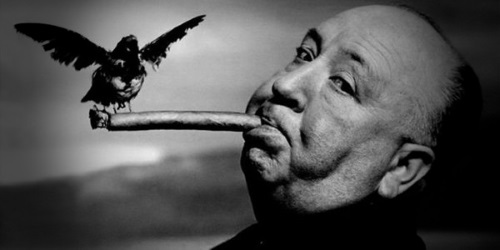
He used the device as early as 1935 in his film The 39 Steps, with the actual title as the central focus of a story about an innocent man caught up in a plot of British military secrets. Most of the characters — and certainly the audience — don't know what the 39 Steps are. It doesn't matter. All that they have to know is that they are important.
The 1946 Hitchcock film Notorious utilized the plot's Uranium Sand as the MacGuffin.
1955's The Trouble with Harry centered on the mystery behind Harry's cause of death.
His 1959 film North by Northwest featured a MacGuffin in the form of government secrets.
1960's Pyscho revealed the money as an early MacGuffin that led Marion to her ill-fated stay at the Bates Motel.
The 1963 Hitchcock classic The Birds had the unclarified action of the bird attack that set the reactions of those characters dealing with them in motion.
So if it's good enough for the master of suspense, why don't we see more MacGuffins today?
The Evolution of the MacGuffin
Perhaps the reason why we don't see as many MacGuffins today is that they've evolved into something else.
Many originally defined them as something that could just as easily be replaced by another object, person, or motivator without doing anything to the story. Jules and Vincent could have easily been in the care of a bag of drugs, money, or any other thing that catapulted the characters into their actions and reactions. Ethan Hunt could have been chasing a prisoner instead of an anonymous vile of an unknown substance.
These days, we have quasi-MacGuffins that pack a little more punch. The one true ring in Lord of the Rings was something that was specific and important, not just to the characters but to the audience as well. We cared about the ring, how it affected those around it (characters that we loved and loathed), and we could see the importance of that ring as it pertained to not just the Fellowship tasked to deliver it to the lava to be destroyed, but also to the whole of Middle Earth as we knew it.
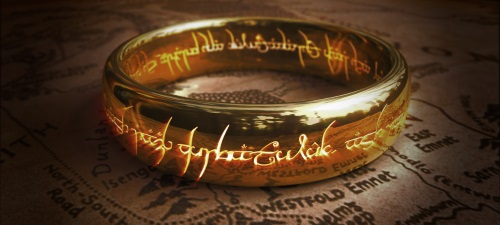
In Titanic, the mystery of the Heart of the Ocean diamond and its whereabouts drove the present day story and characters, which led them to the elderly Rose. That story then led us into the past during the Titanic's first and only voyage at sea. And the diamond's reveal within that timeline drove that story and those characters of that timeline forward as well, with the audience intrigued by the location of the diamond as we followed its every move. Thus, the audience cared about that object. They were invested in it.
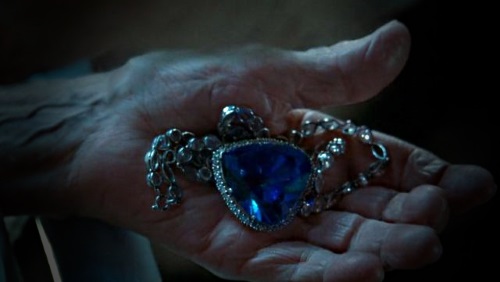
And this goes against Hitchcock's very definition of the MacGuffin, as far as the idea that only characters within the picture care about it — audiences don't.
But both the ring and the diamond in those films are MacGuffins — only perfect examples of the evolution of this plot device.
So screenwriters are using them in this day and age — just differently.
Whether you choose to use a Hitchcockian MacGuffin or an evolved one is up to you. And whether you choose to use one at all within your screenplay depends on what you feel is or isn't needed without your story.
The important things to understand is what they are, where they came from, why they exist, and how they can be used for the better of the story. They can throw your characters into action while revealing the best character arcs that you can conjure as a direct reaction to the chosen MacGuffin at hand.
We hope the action of this MacGuffin discussion has caused the reaction of you getting the answers you needed and the understanding of the plot device you must have to utilize them well.
With all of that said and done, what are your favorite cinematic MacGuffins? Share them now on Facebook and Twitter, and be sure to share this post and tag us with your choices.
Ken Miyamoto has worked in the film industry for nearly two decades, most notably as a studio liaison for Sony Studios and then as a script reader and story analyst for Sony Pictures.
He has many studio meetings under his belt as a produced screenwriter, meeting with the likes of Sony, Dreamworks, Universal, Disney, Warner Brothers, as well as many production and management companies. He has had a previous development deal with Lionsgate, as well as multiple writing assignments, including the produced miniseries Blackout, starring Anne Heche, Sean Patrick Flanery, Billy Zane, James Brolin, Haylie Duff, Brian Bloom, Eric La Salle, and Bruce Boxleitner. Follow Ken on Twitter @KenMovies
For all the latest ScreenCraft news and updates, follow us on Twitter, Facebook, and Instagram.
Tags
Get Our Screenwriting Newsletter!
Get weekly writing inspiration delivered to your inbox - including industry news, popular articles, and more!

